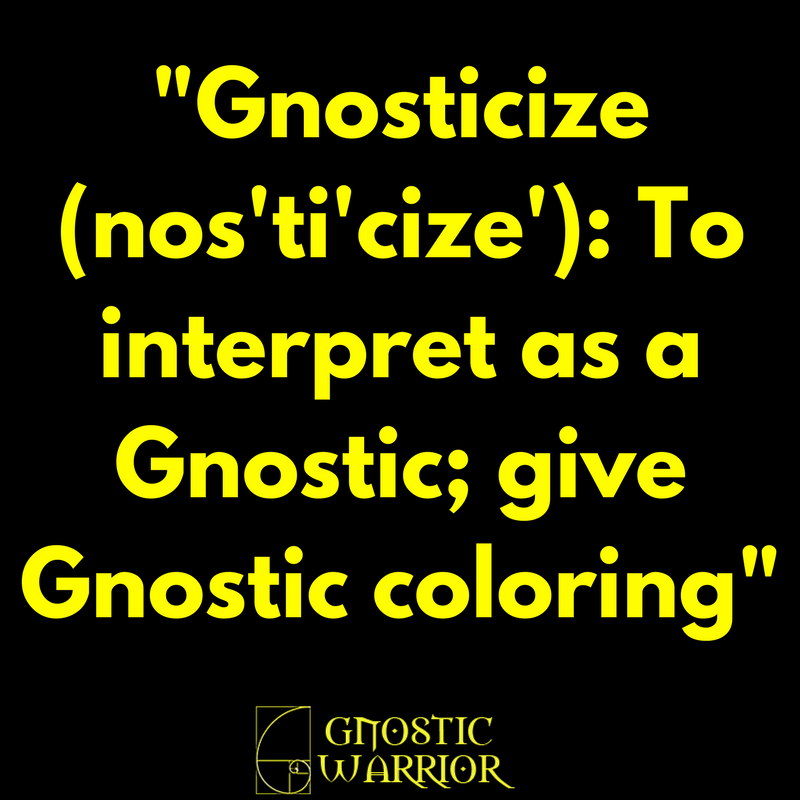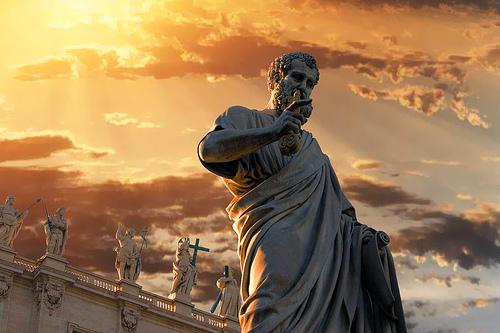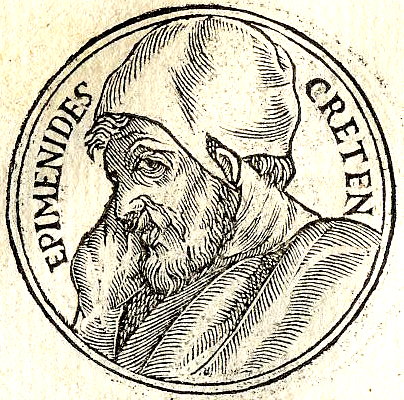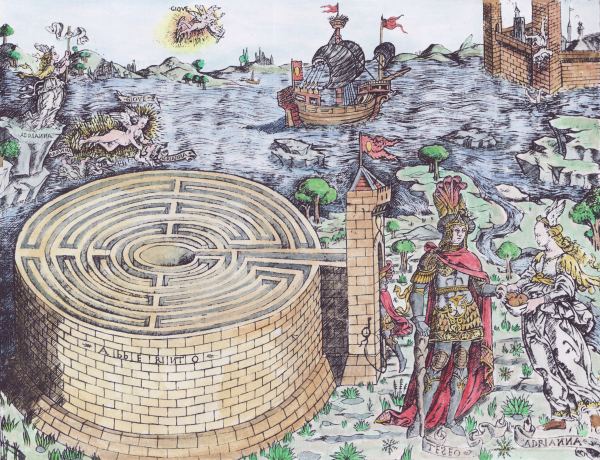The Gnostic Gospels are one of the main influences in the benign expansion of modern religious views in Western culture. These ancient, mystical writings not only grant a deeper and richer view of  nascent Christianity and other religions, they also offer radical notions that are controversial even today. The problem is that, for various reasons, what constitutes a “Gnostic Gospel” has become widely distorted and watered-down, by both supporters and opponents, to the point their original message often gets lost.
nascent Christianity and other religions, they also offer radical notions that are controversial even today. The problem is that, for various reasons, what constitutes a “Gnostic Gospel” has become widely distorted and watered-down, by both supporters and opponents, to the point their original message often gets lost.
This, in essence, makes the Gnostic Gospels as hidden and censored as they once were in a bygone era of brutal theocracies.
So what exactly is a Gnostic Gospel?
First and foremost, the definition of “Gnostic” should be established; that has certainly been debated for generations by both supporters and opponents! The ideal, typological box on what constitutes “Gnostic” will never be fully agreed upon (not uncommon for any religion or even secular movement). However, an almost-universal agreement is that Gnostics throughout history pioneered and championed the concept of Gnosis: salvific knowledge that ignites a cosmic awakening of an individual’s indwelling divinity, as well as stimulates the realization of surrounding false realities crafted and ruled by oppressive forms of consciousness (gods, the ego, earthly establishments, etc.).
With that as a starting point, one can detect the basic architecture of Gnostic Gospels in their various aspects across history (and even secret history)—whether it’s the Gospel of Mary Magdalene, the fiction of Philip K. Dick, or even the classic film The Matrix (all considered, for the most part, as Gnostic expressions). This extends to non-Christian traditions as well, including various forms of Islam (Sufism), Judaism (Kabbalah), and Paganism (Hermeticism).
At the same time, using the concept of Gnosis as a theological lynchpin, one can reject apocryphal or heretical writings that never belonged within the Gnostic sensibility. This certainly pertains to much of the Nag Hammadi library, which is truly a compilation of varied ancient works, and texts like the Infancy Gospel of Thomas, which may seem Gnostic on the surface but is devoid of any notions of inner, divine knowledge or a fabricated reality controlled by lower forms of divinity.
As for the word “gospel,” that is a matter of just seeing it in context. The original meaning in Roman times implied an important announcement (or good news) by any figure of authority, and not merely the four accounts of Jesus found in the New Testament. The Matrix was mentioned before, and it can easily be considered a gospel of sorts, or a Gnostic Gospel.
Obviously, the Gnostics, in their many manifestations, shared other characteristics and certainly differences. Furthermore, Gnosis is ultimately a personal experience that is best transmitted through the more subjective and even blurry mediums of art, allegory, and mythology. But that sense of becoming fully aware of both one’s dormant God-consciousness and an illusionary world is arguably unique to the Gnostics (although there is certainly an overlap with some forms of Buddhism, as many scholars and theologians have posited).
With Gnosis in mind, the mind can truly access the gifts of the Gnostic Gospels and their revolutionary message. And for those individuals inspired by this revolutionary message it might be the beginning of Gnosis itself.








